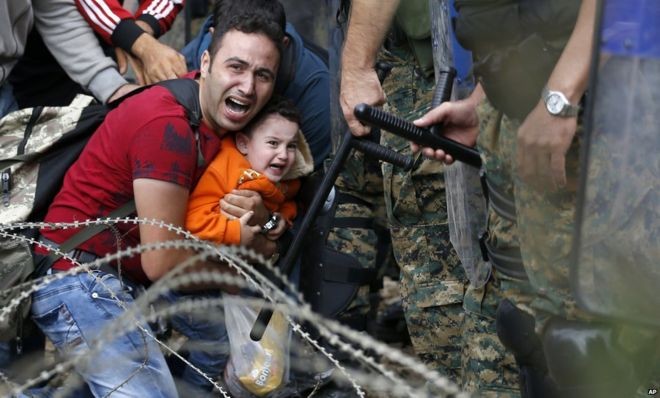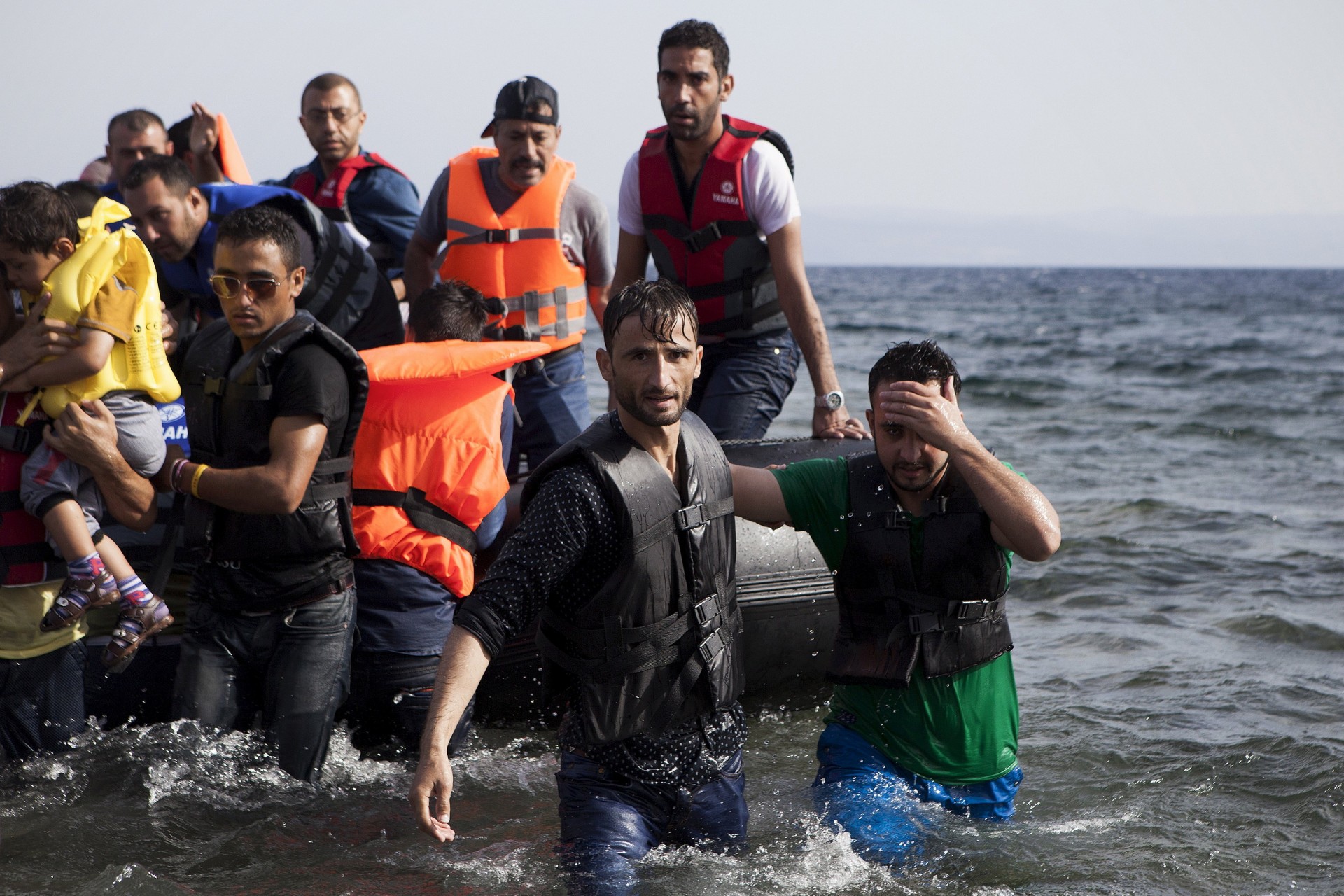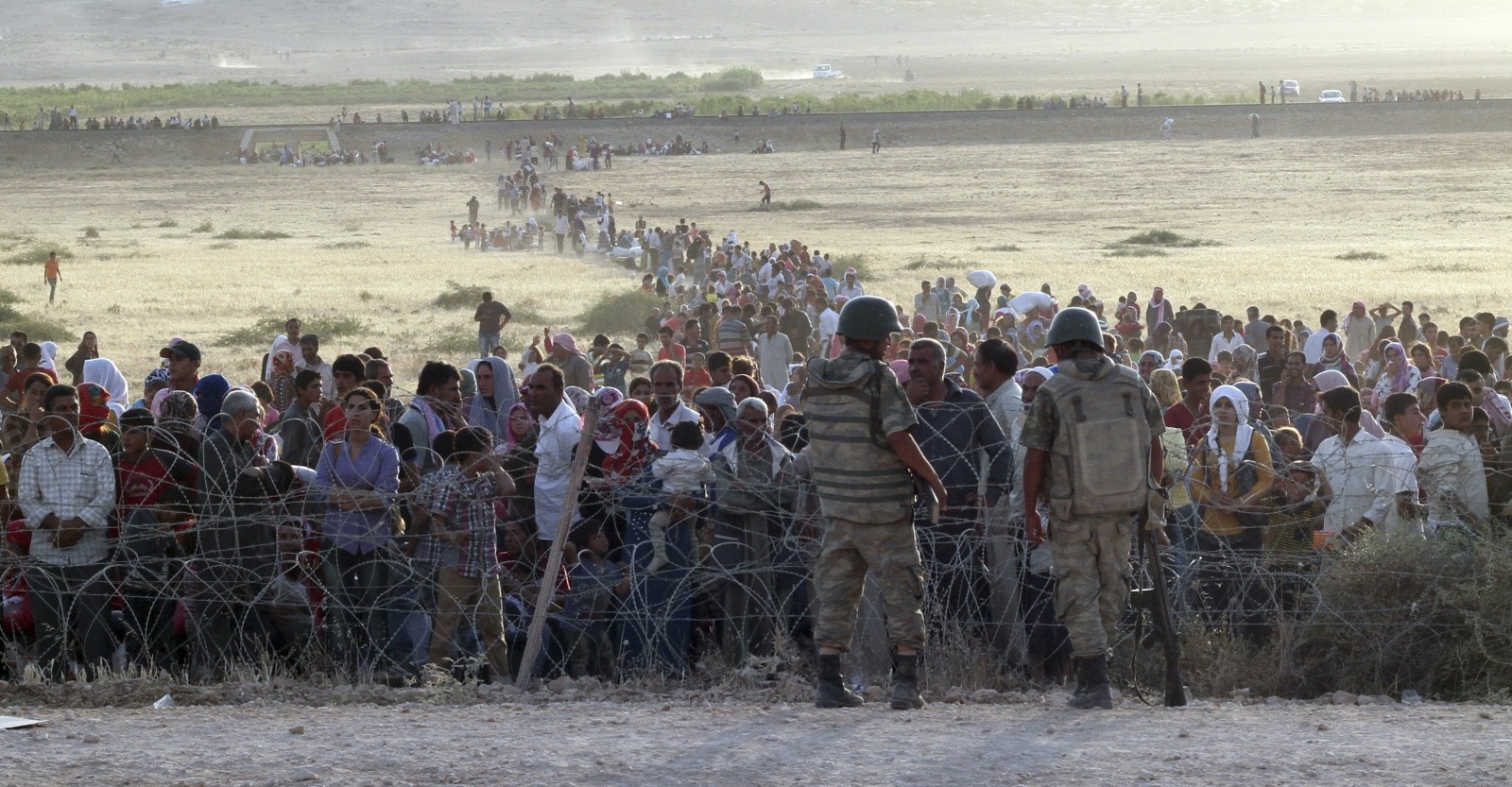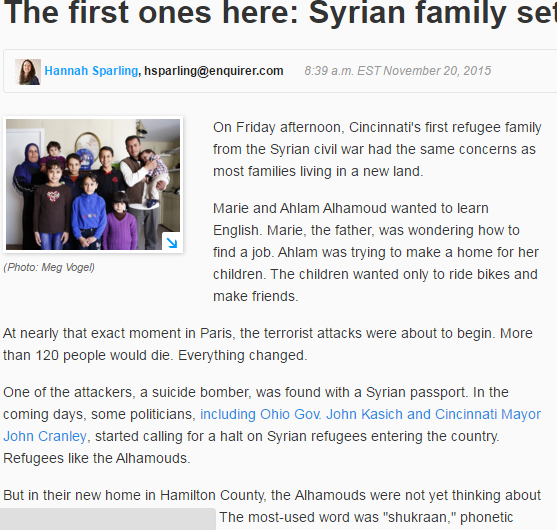Article Summary:
Despite risks, Germany opened doors to all refugees. Germany's Merkel believed that it was their duty to take in a majority of the number of refugees since they can afford to do so. This had won her praise from the US but mush hesitancy from other EU nations.
Article Summary:
Just weeks after Merkel responded to the refugee crisis with the declaration: “Wir schaffen es – We can do it” – the euphoric mood has been replaced by a more sombre response with the realisation that the newcomers are here to stay, with all the consequences that entails.
School authorities are calling for at least 25,000 new teaching recruits to cope with the large numbers of new pupils, police officers are being brought out of retirement in their thousands, and the nation is being scoured for suitable accommodation as winter approaches.
Article Summary:
The German government is striving to implement such a closure, even though an interior ministry spokesman stated that there would be “no turning back at the borders,” only regulated deportations. The Swedish government responded Wednesday to the German measure by announcing its own border controls. Like Hungary, Slovenia has begun building a border fence.
Criticisms from the press and the opposition that the interior ministry’s plans are impossible to implement because hardly any refugees arriving in Germany have been registered in another country are worthless.
In fact, the German government is currently working hard to establish so-called “hot spots” on the EU’s external borders, where all arriving refugees will be registered by EU border protection officers.
countries' responses
Germany's policy
the issue with the EU

The scale of the crisis has put huge pressures on some destination countries, particularly Greece, Austria, and Hungary. At least 350,000 migrants crossed the EU's borders in January-August 2015, compared with just 280,000 during the whole of 2014.
And that 350,000 figure - an estimate from the International Organization for Migration (IOM) - does not include the many who crossed a border undetected.
Among the forces driving people to take such risks are the conflicts raging in Syria and Afghanistan, and human rights abuses in Eritrea. The majority - 62% - of those who have reached Europe by boat so far this year are from those three countries.
There are also people setting out from Libya, Sudan, Pakistan, Nigeria, Kosovo, Iraq, Iran Darfur, Somalia and other countries in the hope of a new life somewhere like Germany, France or the UK.
 Under an EU rule known as the Dublin regulation, refugees are required to claim asylum in the member state in which they first arrive. But some EU countries, such as Greece, Italy, and Croatia, have been allowing migrants and refugees to pass through to countries where they have families and better prospects.
Under an EU rule known as the Dublin regulation, refugees are required to claim asylum in the member state in which they first arrive. But some EU countries, such as Greece, Italy, and Croatia, have been allowing migrants and refugees to pass through to countries where they have families and better prospects.
Germany receives by far the most asylum applications in the EU and says it is expecting 800,000 refugees to arrive this year.
In order to match Germany's 2015 projection per population, France would need to accept more than 650,000 people and the UK nearly the same amount. But France has pledged to accept just 24,000 and the UK 20,000 over five years.
Between 2,000 and 5,000 migrants are camped around Calais, which is just 1% - 2.5% of the more than 200,000 who have landed in Italy and Greece.
Hundreds of thousands of people are somewhere along the route to Germany, in Hungary, Croatia, Austria, Serbia, and elsewhere.
the united States
States refuse refugees
aMERICA'S PLAN
After much debate, the United State's has decided to accept 10,000 Syrian refugees into the country after a series of extensive and careful screening. Despite the State's concerns, the president has decided to continue forward with his plan.

